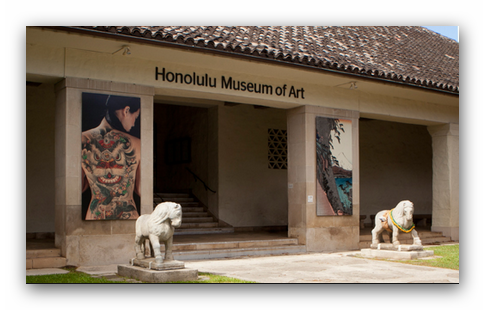Sep 22 2016 - Mar 12 2017
Honolulu, HI
Charles Furneaux left Massachusetts for Hawai‘i in 1880, and made his way to the Hilo district of Hawai‘i Island just in time to witness the 1880-81 volcanic eruption of Mauna Loa. Like other artists associated with what has come to be known as the Volcano School painters, Furneaux’s work exemplifies a fusion between European Sublime aesthetics, Romantic landscape, and American landscape traditions, characterized by scenic depictions of the natural world—in turbulence or grandeur—and humanity’s relationship to nature in a time of expedition.
Like Hudson River School artists, Volcano School painters celebrated natural wonders of the world, rendering them with spiritual connotations. Distinct among picturesque landscape styles though, painters working with ideas of the sublime often included an element of nature’s potential danger for heightened drama. Furneaux is among the most prominent of artists whose late 19th-century compositions feature smoldering lava pools, lightning bolts over the ocean, and shorelines aglow under cloud-filtered sunbeams.
This exhibition debuts a major museum acquisition, two recent artwork gifts, and works on loan to present Furneaux’s paintings in context of the sublime.
Credit: Exhibition overview from museum website
Exhibition Venues & Dates
Sep 22 2016 - Mar 12 2017
Honolulu, HI
